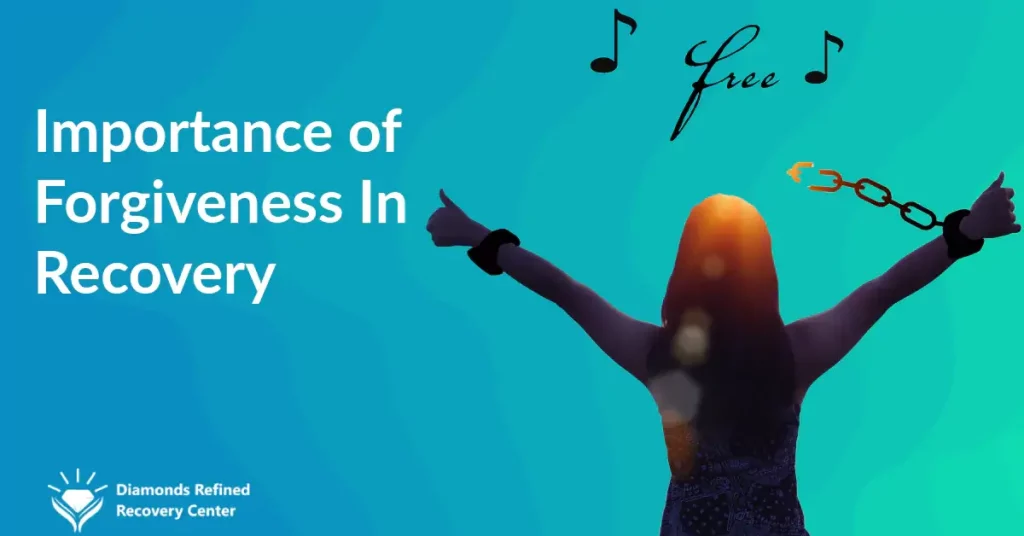It is well-known that childhood trauma and addiction have an important connection. Since the results of substance abuse can temporarily mask the pain caused by early childhood traumas—both emotional and physical—many with unhealed trauma turn to addiction.
When a person has a traumatic experience, especially as a child, the individual’s brain is rarely able to process it in a healthy way. This can lead to struggles later in life in substance abuse and addictive behaviours.
What is Childhood Trauma?
Professionals usually divide childhood trauma into five broad categories and conduct studies based on the number of adverse incidents one experiences as a child:
As the number of adverse incidents increases, the likelihood of substance abuse and addictive patterns also increases. In one study that summarizes these findings, it is shown that a child who experiences one adverse incident during childhood under the umbrella of trauma is two to four times more likely to initiate substance abuse. This likelihood increases exponentially as the number of traumatic incidents goes up and contributes to the patterns of addiction later in a person’s life.
Although life stressors play a significant role in the formation and continuation of addiction patterns, recent studies have shown the importance of childhood trauma in this equation. By receiving care that is trauma-informed and able to treat co-occurring disorders, the addiction recovery process can be more holistic and the person is significantly less prone to relapse.
The Connection Between Childhood Trauma and Addiction
Since there is an established connection between childhood trauma and addiction, it is important to consider this relationship in the process of treating both. A treatment center with the ability to address dual diagnoses at the forefront allows them to provide the tools and resources that a person needs to heal. Some of these dual diagnoses on a mental health spectrum may include:
When a person experiences a traumatic incident, especially during childhood, the brain is not often unable to process what occurred. In addition to the five categories mentioned above that cover different types of abuse and neglect, trauma can also occur as a result of seeing a loved one die or other types of painful experiences. If the brain doesn’t know how to process it, the damage done can significantly change how you deal with conflict and manage the stressors of life.
It is common for humans responses to try to forget about trauma, especially childhood trauma. As a child, repression can serve as a protective mechanism that pushes the memory or incident into the recesses of the brain and body until the person can handle it. And when a person gets older, many adults think that by paying attention to traumatic experiences can cause someone to be “stuck in the past.” But it is important to know that repressing trauma and the memory of traumatic incidents can have psychological, behavioural, and physical repercussions that often lead to addiction.
Many people seeking trauma and addiction recovery show a mix of symptoms, which may include a combination of the following:
How Can Dual Diagnosis Help with Healing Trauma?
For many people who have experienced childhood trauma that resulted in addiction later in life, the addiction is often triggered by a person’s struggle to address the memories and feelings from the trauma. Since the brain is searching for a way to escape these harmful and difficult memories, a person can become highly dependent on substances, including drugs and alcohol, and even form an addiction.
Dual diagnosis is a method that addresses these the complexities of these conditions, such as co-occurring addiction and personality disorders. Normally, the first part of dual diagnosis treatment addresses a person’s for your substance use disorder or addiction. Treatments such as detox or professionally administered medications can make initial headway for this process.
Other recovery services may include:
After substance abuse treatments, dual diagnosis works to address a person’s mental health needs. Medications can be important during this process, especially at the beginning of recovery. But there should also be a wider range of therapy options available to you.
Such therapies that might be a component of your mental health recovery may include:
Is Recovery Truly Possible?
Although each person’s trauma symptoms are unique to the individual’s particular experience, the patterns of childhood trauma and addiction patterns are well-studied. There are proven ways that support the healing and recovery process. And because there are a number of different therapy approaches available, each person can heal according to their unique needs.
If you are struggling with addiction and have traumatic experiences of the past, especially childhood traumas, it is important to seek a recovery program that addresses these issues. If the trauma you experienced is left untreated, sobriety will be difficult if not impossible to maintain.
But with the help of a dual diagnosis program with trauma specializations, there is hope for each person to build a life of wholeness, one of healed trauma, addiction recovery, and sustainable livelihood.




